7 Tips to Know About Top Things to Know Before Buying a Garden In Front Of Your House
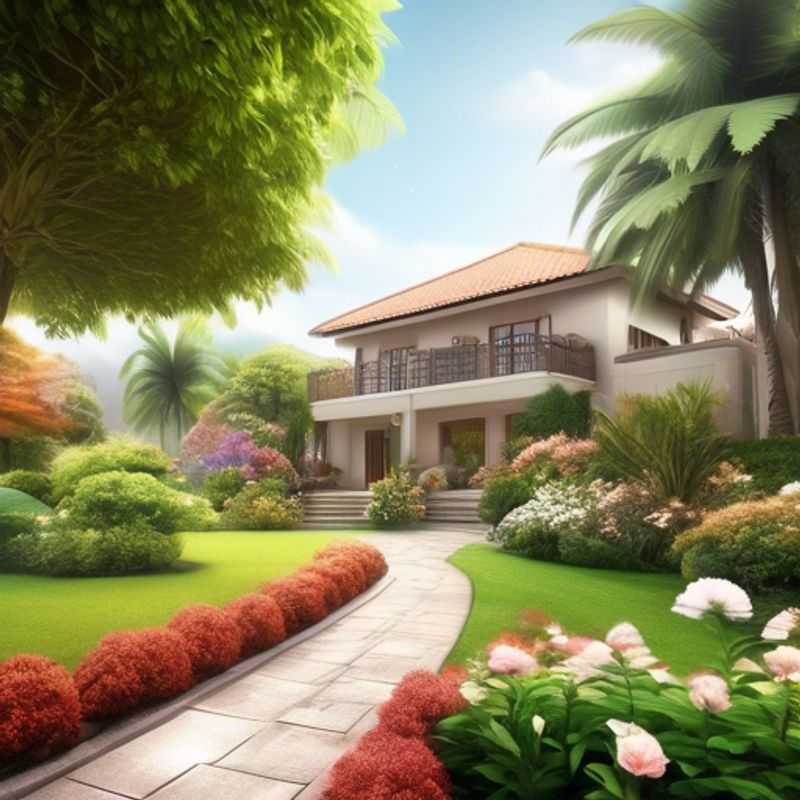
7 Tips to Know Before Buying Garden in Front of House
Ah, the allure of a garden in front of your house! A haven of tranquility and a splash of life right on your doorstep. But before you get swept away by the vision of blooming flowers and lush greenery, let's dive into the practicalities. Here are 7 essential tips to ensure you're making the most informed decision:
1. Measure Your Space:
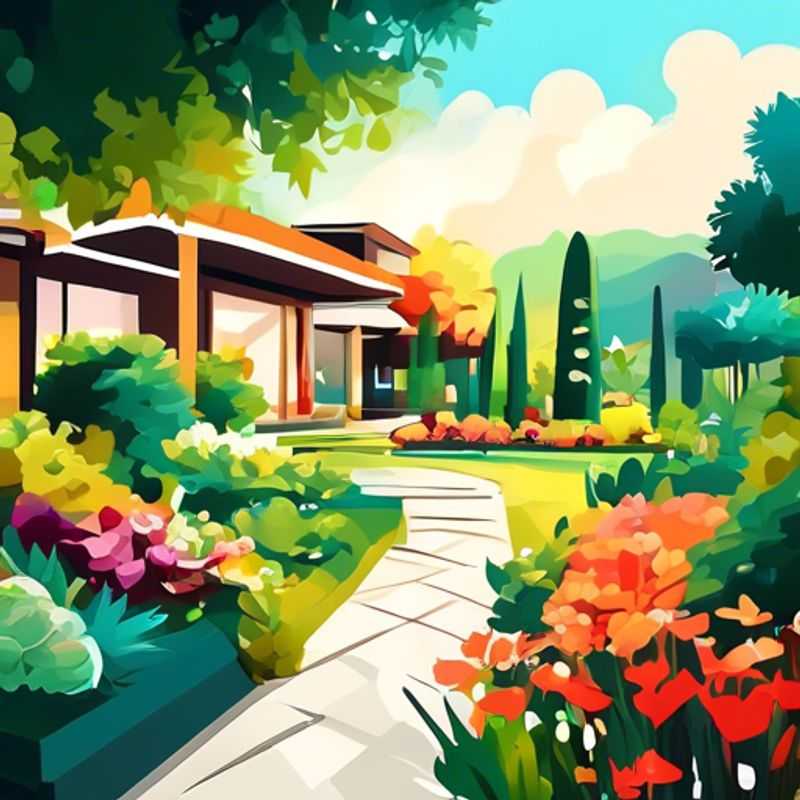
From Seed to Supper: Measuring Your Front Yard for the Perfect Garden
Planning a front yard garden? First things first, you need to measure the space you have to work with. This is essential for designing your garden and knowing how much you can grow. Knowing the size of your space will also help you estimate costs and materials.
Measure the length and width of your front yard. If your yard isn't perfectly rectangular, you'll need to break it into smaller sections. You can use a measuring tape, or even just a rope or string, to measure. It's a good idea to mark the measurements with stakes or flags for easy reference. A simple sketch of the area can be helpful to visualize the layout.
Once you have your measurements, you can calculate the area of your garden. This will help you determine how many plants you can fit and how much soil you'll need. The area is calculated by multiplying the length and width. You can use an online calculator or simply use a calculator app on your phone. The area will be expressed in square feet.
Don't forget to factor in any existing features like trees, walkways, or fences that might limit your garden area. You can subtract these areas from the total area to get your usable garden space. You can also plan your garden design around these features. A creative eye can turn a limitation into an opportunity.
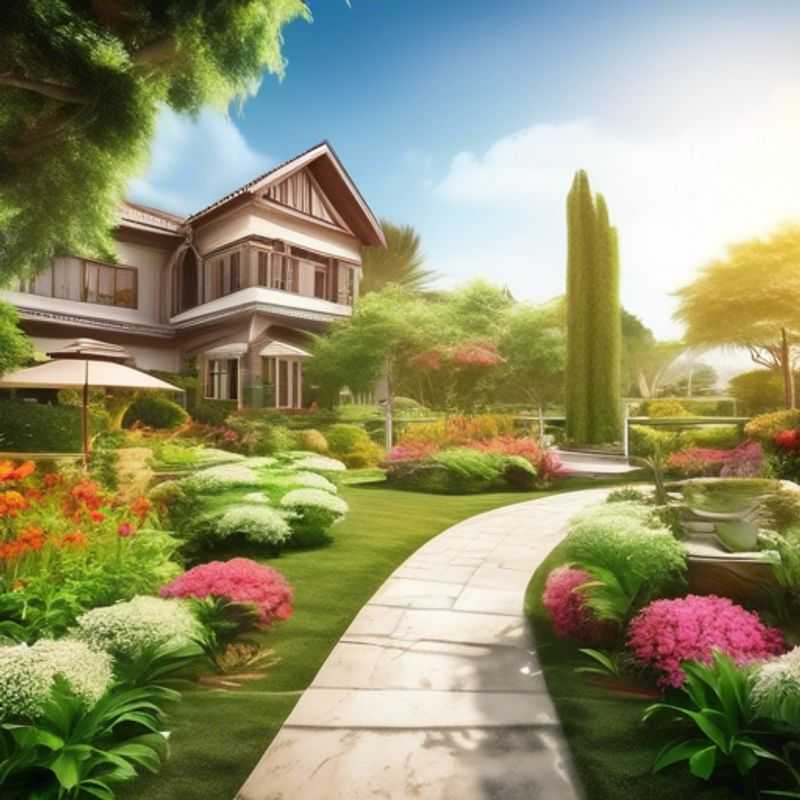
Matching Plants to Your Climate and Soil: A Green Thumb's Guide
Knowing your area's climate and soil is crucial for successful gardening. This information guides your plant choices, ensuring they thrive in your specific conditions.
Climate dictates your plants' survival. Consider average temperatures, rainfall, and sunlight hours. For example, if your area has cold winters, you'll need to choose plants that can withstand frost.
Soil is the foundation for plant growth. Understanding its composition – sandy, clay, or loam – and pH level is critical. You can test your soil's pH with a home kit or send a sample to a lab for analysis. This helps you choose plants that thrive in the specific conditions.
Online resources like the USDA Plant Hardiness Zone Map and local gardening websites can help you determine your area's climate and suitable plants.
Local nurseries and garden centers are invaluable. They offer expert advice on plants suited to your specific climate and soil, and they often have information on local plant varieties.
Investing in your garden's success starts with understanding the environment. Take the time to research your climate and soil, and you'll be rewarded with thriving plants and a beautiful garden.
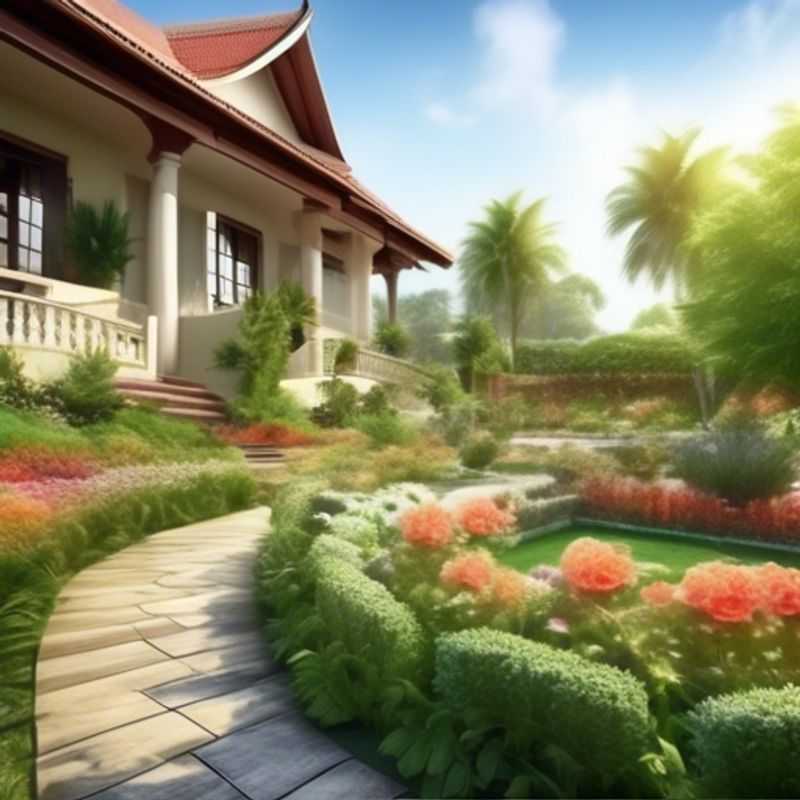
Sunlight: The Key to a Thriving Garden
Understanding the sunlight exposure of your garden is crucial for successful plant growth. Sunlight exposure, also known as sun exposure, refers to the amount of direct sunlight that a specific area receives throughout the day.
There are three primary categories of sunlight exposure: full sun, partial sun, and shade. Full sun refers to areas that receive at least six hours of direct sunlight daily. Partial sun indicates areas that receive four to six hours of direct sunlight, while shade refers to areas that receive less than four hours of direct sunlight per day. This information is crucial for selecting plants that thrive in specific light conditions, ensuring optimal growth and vibrant blooms.
To determine the sunlight exposure of your garden, observe the amount of sunlight it receives at different times of the day. Early morning and late afternoon sunlight are generally considered softer and less intense than midday sun. It’s essential to consider seasonal variations in sunlight exposure, as the angle of the sun changes throughout the year. Summer often brings longer hours of direct sunlight, while winter can lead to shorter days and less direct sunlight.
When planning your garden, consider the direction your garden faces. South-facing gardens typically receive the most sunlight, followed by west-facing gardens. North-facing gardens receive the least sunlight. The amount of shade cast by nearby trees or structures will also influence the sunlight exposure in different areas of your garden.
Understanding the sunlight exposure of your garden empowers you to make informed decisions about plant selection, maximizing their potential for growth and beauty.
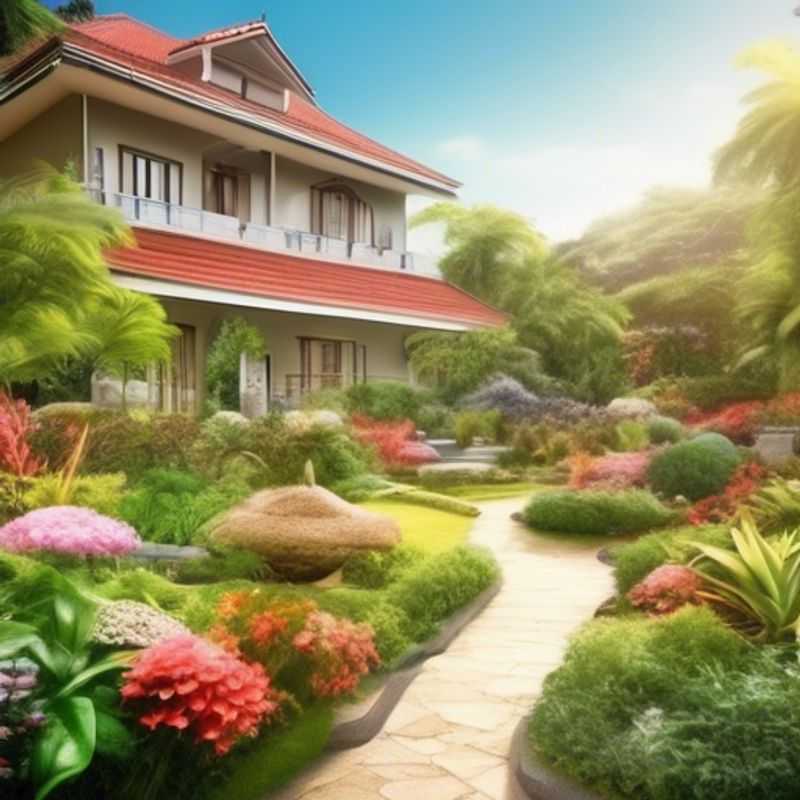
Low-Maintenance Landscaping: Choosing Plants That Thrive in Your Local Environment
Choosing low-maintenance plants that thrive in your local environment is key to a beautiful and sustainable garden. Understanding your climate and soil conditions will guide your selection.
For example, if you live in a dry area, opt for drought-tolerant species like succulents or native grasses. In humid climates, consider ferns or hostas.
Remember to research your area's native plants. They are well-adapted to the local conditions and often require less care. Consider consulting your local garden center or nursery for expert advice.
When selecting plants, consider their mature size and growth habits. This will ensure they don't overwhelm your space or require excessive pruning.
Invest in a good soil test. This will reveal the pH and nutrient content of your soil, helping you choose plants that thrive in your specific conditions.
Finally, remember that even low-maintenance plants require some care, including regular watering, especially during dry spells.
By carefully selecting low-maintenance plants suited to your environment, you can enjoy a beautiful garden with minimal effort.
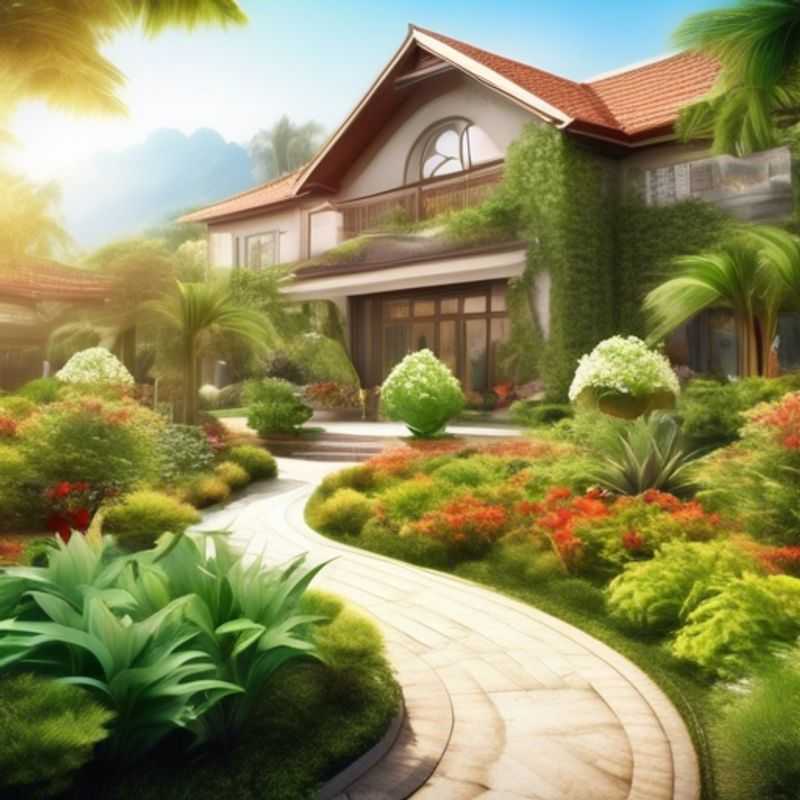
Designing a Garden Oasis: Planning for Visual Harmony
Planning the layout and design of a garden is an exciting endeavor. It's all about bringing your vision to life, but a little forethought can go a long way in creating a visually appealing space. First, consider your existing landscape. Do you have a blank slate or are you working with existing features like trees, shrubs, or even a pond? Next, define your purpose. Is this a space for relaxation, entertaining, or both? Understanding your needs and preferences is key.
Once you have a clear vision, start sketching. Draw your garden to scale and experiment with different arrangements of plants, walkways, and seating areas. Don't be afraid to play around with different layouts! Explore various plant choices. Consider their height, color, texture, and blooming seasons to create visual interest throughout the year. Incorporate elements that add visual appeal like hardscapes, water features, and lighting. For example, strategically placed stepping stones or a cascading waterfall can add a touch of elegance. Remember, the key is to create a balanced and harmonious environment.
Don't forget about the practical aspects. Consider the sun's path and how it affects your garden throughout the day. Ensure adequate drainage, especially if you live in an area with heavy rainfall. Lastly, don't underestimate the power of a well-designed lighting system. Strategically placed lights can highlight key features, create a relaxing ambiance, and enhance your garden's safety at night.
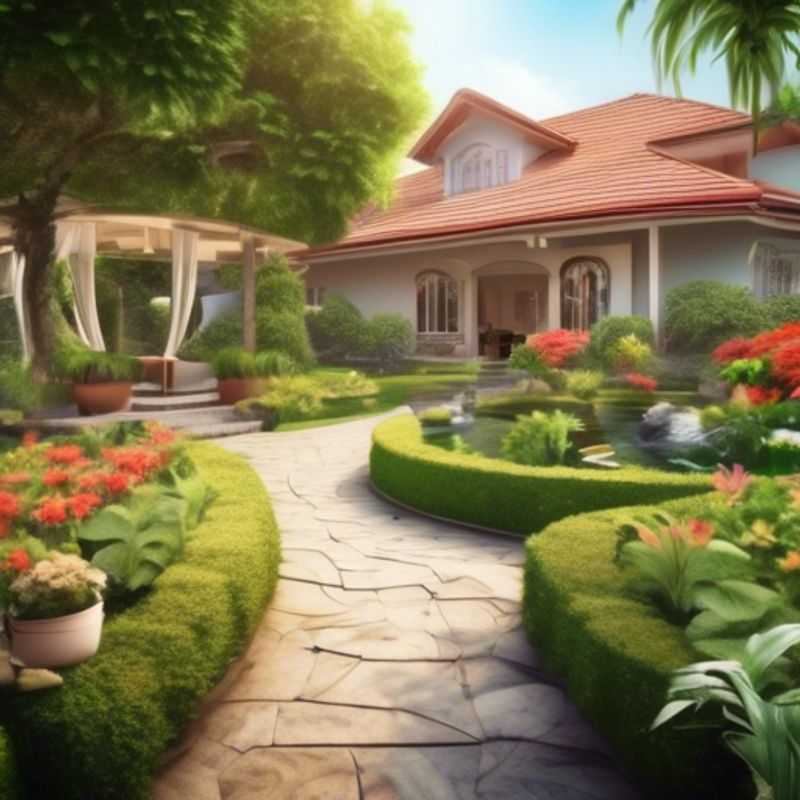
Budgeting for Your Garden: Initial Setup and Ongoing Maintenance
Creating a garden can be a rewarding experience, but it's essential to allocate a budget for both the initial setup and ongoing maintenance. Here's a breakdown of costs to consider:
Initial Setup:
Soil and amendments: The cost of soil, compost, and other amendments will depend on the size of your garden and the type of soil you need.
Plants and seeds: The cost of plants and seeds will vary depending on the type and quantity you choose. Consider researching local nurseries and online retailers for the best deals.
Tools and equipment: Invest in essential tools like a shovel, rake, trowel, hand pruners, and watering can. You may also need a wheelbarrow, hose, and gardening gloves.
Fencing or edging: If you need to create boundaries for your garden, consider the cost of fencing or edging materials.
Watering system: A watering system can save you time and water. Options include sprinkler systems, drip irrigation, and manual watering with hoses.
Ongoing Maintenance:
Water: Water is essential for plant growth. Consider the cost of water bills based on your garden's needs.
Fertilizer and pest control: Regular fertilization and pest control can help your plants thrive. Research different options and budget accordingly.
Tools and equipment: Over time, you may need to replace worn-out tools and equipment.
Landscaping and design: If you want to add decorative features or adjust your garden's layout, factor in these costs.
Professional services: You may choose to hire professionals for specific tasks, such as garden design, installation, or maintenance.
Remember to consider the ongoing costs of garden maintenance and factor them into your budget. Creating a realistic budget will help you enjoy your garden without unexpected financial burdens.
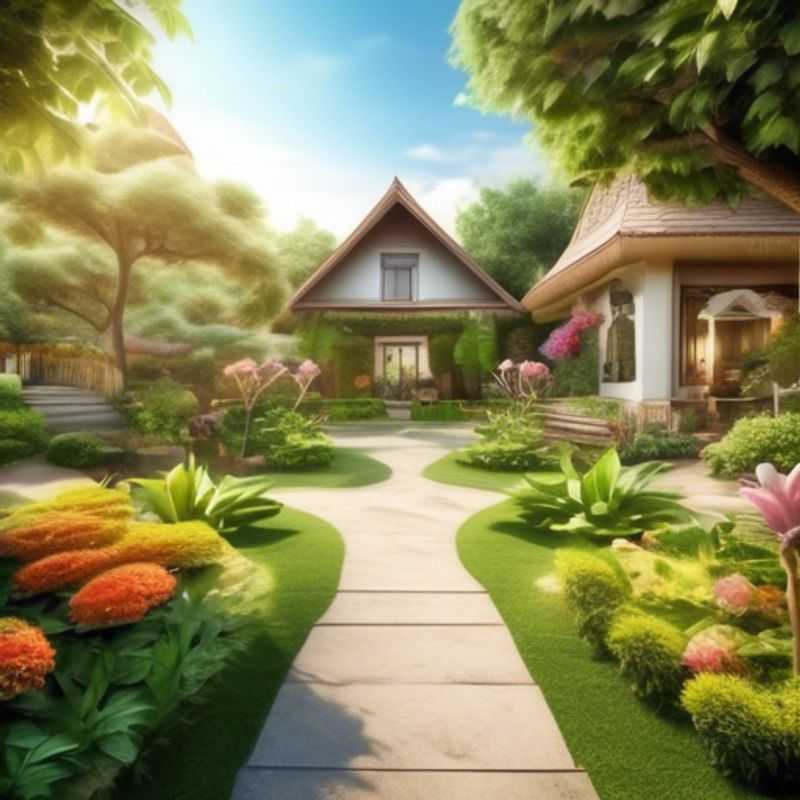
Green Thumbs Up: Why Consulting a Local Gardening Expert is Worth Your Time
Connecting with a local gardening expert offers invaluable personalized guidance tailored to your specific needs and environment. They can provide expert advice on plant selection, soil conditions, pest management, and more.
A gardening expert can help you design your garden, taking into account factors like sunlight exposure, soil type, and your desired aesthetics. They can also recommend appropriate plants that thrive in your local climate and soil conditions.
Consultations with a gardening expert typically involve an initial site visit to assess your garden and discuss your goals. During the consultation, they may ask questions about your gardening experience, preferences, and budget.
Depending on the scope of the consultation, services might include:
• Developing a planting plan
• Providing recommendations for plant varieties, soil amendments, and fertilizers
• Offering advice on pest and disease management
• Creating a watering schedule
• Estimating the cost of materials and labor
Consulting with a gardening expert can save you time, money, and frustration. They can help you avoid costly mistakes and ensure the success of your garden.
